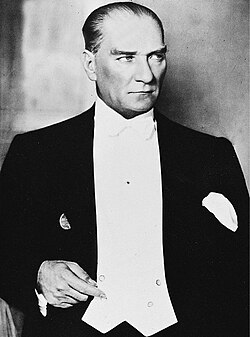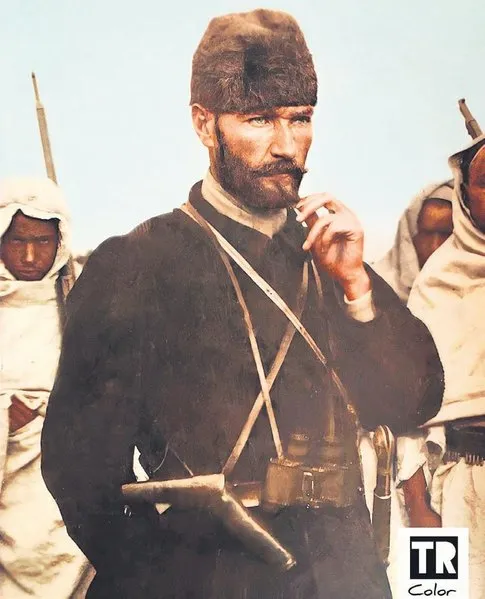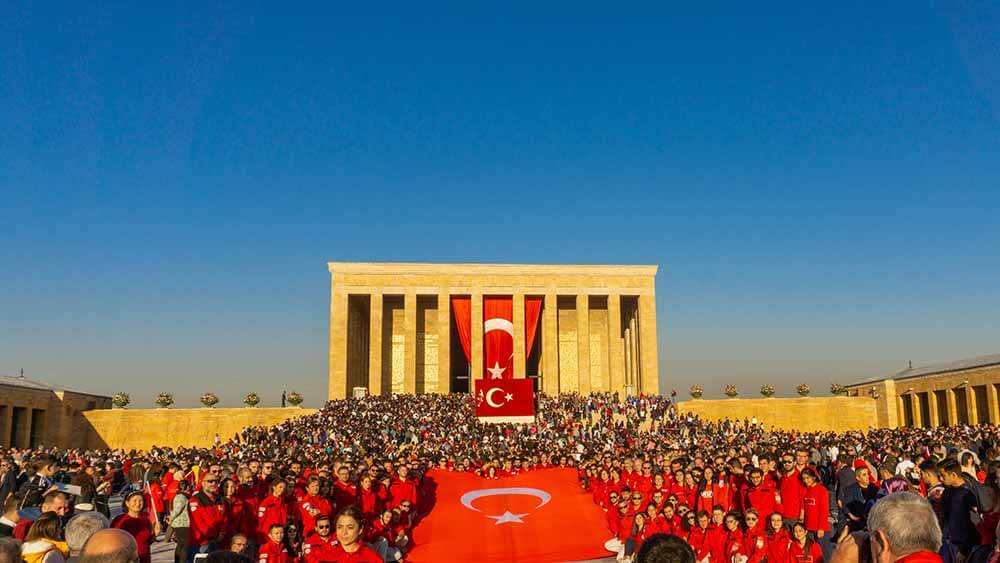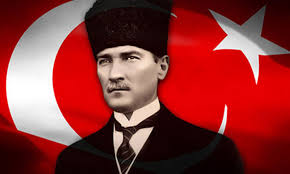Born in 1881 in Thessaloniki, Mustafa Kemal Atatürk continues to hold a special place in the hearts as the founder of modern Turkey. At a time when the Ottoman Empire, which had lasted for six centuries, was beginning to crumble due to various reasons such as politics, economy, and education, and when many parts of Anatolia were under occupation, Atatürk emerged like a beacon of light, offering the Turkish nation the hope, enthusiasm, and freedom it needed. Mustafa Kemal Atatürk laid the foundations of modern Turkey with his significant reforms and the principles and revolutions he introduced. He was not only a military genius but also a visionary intellectual and a politician with a keen understanding of the world. His initiation of the War of Independence on May 19, 1919, in Samsun is not only a milestone for the Turkish people but also an example for nations worldwide who were under oppression but refused to yield to the powerful states of the time.

Atatürk’s Life
Countless works, both domestic and foreign, have been written about Atatürk’s life. Born in 1881 in Thessaloniki, he went through various stages of education and eventually began his career as an officer in the Ottoman army after graduating from the Military Academy. He achieved significant success as a colonel in the Gallipoli Campaign. Following his achievements there, he was sent to the Sinai and Palestine Fronts and quickly rose to the rank of general in the Yıldırım Army Group. While the Ottoman Empire was victorious in the battles where Atatürk served, it was considered defeated politically because it had allied with the Germans during World War I.
Atatürk, who never accepted this defeat, led the Turkish national movement and ignited the spark of the War of Independence on May 19, 1919, during a military mission to Samsun. The process was intense, involving tasks such as organizing resistance movements, reviving the severely weakened army, and convincing the Ottoman state and its leaders, who were initially opposed to him.
During this time, important steps were taken, including the Amasya Protocol, Erzurum Congress, and Sivas Congress. As a result, on April 23, 1920, the Grand National Assembly of Turkey was established in Ankara. However, the struggle did not end there, and the real battle began after this date. In order to establish national sovereignty, successive battles like the Battles of İnönü, Kütahya-Eskişehir, and the Battle of Sakarya were fought. Finally, with the Great Offensive, all invading forces in Anatolia were defeated, and on October 29, 1923, the Republic of Turkey was declared.

Atatürk’s Forward-Thinking Vision and Worldview
From his high school years, Mustafa Kemal Atatürk was an avid reader who dedicated himself to self-improvement and learning about the world. Starting from the day he initiated the War of Independence, he meticulously laid the foundations of modern Turkey. He realized that the main reason for the collapse of the Ottoman Empire in its final years was the lack of progress in education. Thus, he built the Republic of Turkey on the teachings of the modern world. At the core of the principles and reforms attributed to Atatürk is science and modern education. His most significant reforms include granting women the right to vote and be elected, enabling women to receive education alongside men, establishing modern educational institutions, and founding universities and institutions like the Turkish History and Language Associations.
While implementing these reforms, Atatürk faced serious challenges. He waged a fierce struggle against the reactionary mindset that had left its mark on the final years of the Ottoman Empire and, in a way, paved the way for its collapse. The fight against this mentality, which could not accept the newly established republic, was carried out in all areas, and within a short period, the Anatolian lands, which had fallen into a state of despair, were revitalized through reform efforts. By that time, Turkey had one of the world’s leading economies.
During this period, important steps were also taken in foreign policy. Issues like Turkey’s entry into the League of Nations, the Balkan Pact, the Sadabad Pact, the Montreux Straits Convention, and the Hatay dispute were successfully resolved.
While all these developments were taking place domestically and internationally, Atatürk worked with experts in various fields, established committees, and took significant steps within the state structure to enable Turkey to integrate into the modern world.

Anıtkabir Mausoleum
Atatürk’s Passing and Burial in Anıtkabir
Almost throughout his life, Atatürk’s focus was on the battlefield or various action areas, always striving to strengthen and sustain the Republic of Turkey. Despite the tremendous burden he carried, he also struggled with cirrhosis of the liver. His health deteriorated significantly after 1937, and on November 10, 1938, at 9:05 a.m., he passed away at the Dolmabahçe Palace in Istanbul.
Atatürk’s body was sent to Ankara, where he was temporarily laid to rest in the Ankara Ethnography Museum on November 21, 1938. Later, on November 10, 1953, he was moved to his final resting place, Anıtkabir.
Even with his passing, Atatürk imparted a great lesson to the Turkish nation. In his will, he donated all of his assets to the Turkish Historical Society and the Turkish Language Association.

